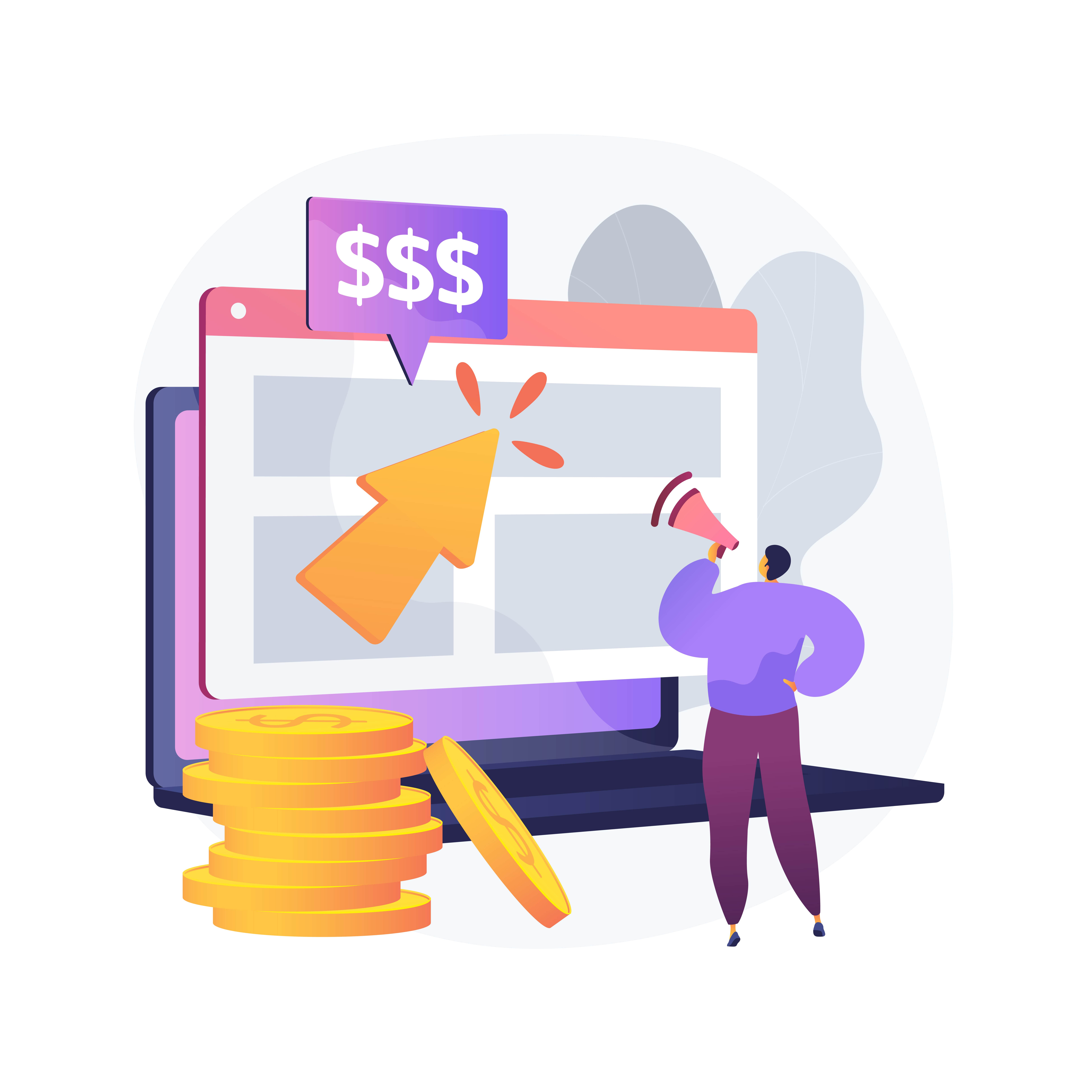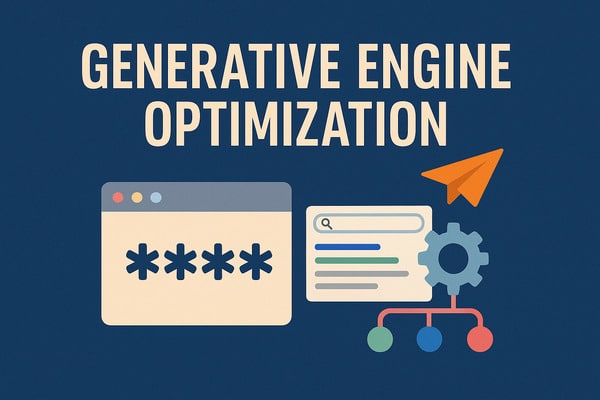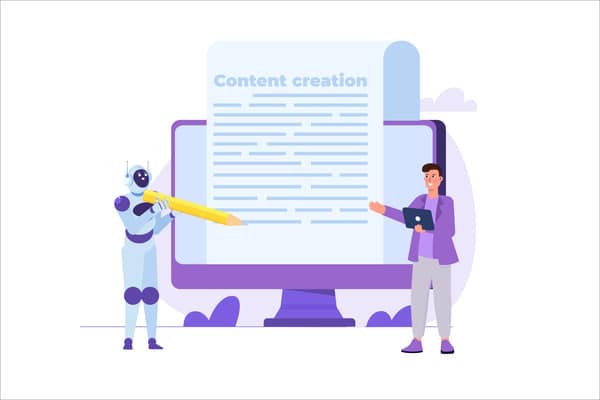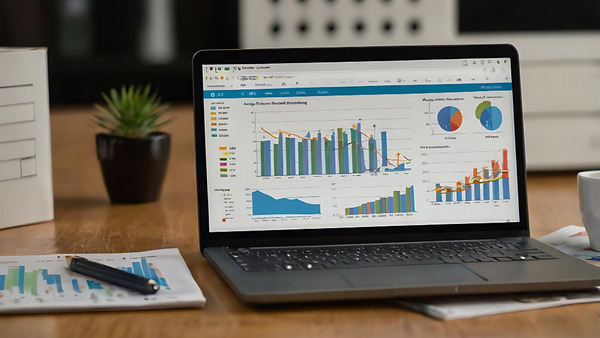Advertising is an essential part of every marketing strategy, either traditional or digital. While it’s hard to instantly tell the effectiveness of a printed billboard, digital instruments make it much easier for advertisers to measure the relevancy of an ad, thus improving the marketing campaign at an enormous speed.
Today is a perfect time to get familiar with Ad Rank – a practical way to see whether your ad is doing well or the competitors are going to catch up with you any time soon.
What Is Ad Rank?
Ad Rank represents the position of the ad on the SERPs. The best result you can get is “1”, as it means that your advertisement is highly relevant and leaves its competitors far behind.
The good news is that there is no worst result, as your main goal is simply to be ahead of your business rivals. Nevertheless, it doesn’t mean that there is no point in trying to get as high as possible in the ranking system, even if you’re already leading.
After all, it never hurts to achieve higher quality.
What Is Cost-Per-Click (CPC)?

Cost-Per-Click (CPC for short) represents the amount of money you pay for a click. The aim is to pay as little as possible, which can be achieved by your ad copy getting a lot of clicks.
There are 3 types of CPC to take into account:
- Maximum CPC bid. This one represents the maximum amount of money an advertiser is willing to spend for each click. This measurement is the one that you define, and you are unlikely to spend more than your maximum bid;
- Actual CPC. This measurement rarely goes beyond maximum CPC and shows advertisers how much they have actually spent on the ad;
- Average CPC. The number this measurement represents is important for compiling the statistics of your expenses. It can be calculated using division. Take the total amount of money spent on showing the ad on the search results page (or the total cost of your clicks) and divide it by the number of clicks your ad has actually received.
Is CPC the Same as PPC?
Plenty of people sometimes confuse Cost-Per-Click (CPC) for Pay-Per-Click (PPC). These terms are very close connotationally but have a key difference to memorize:
- CPC is a measurement of the amount of money you pay for each click;
- PPC refers to the type of ad that receives a certain number of clicks you have to spend money on.
Connection Between Cost-Per-Click and Ad Rank
Ad Rank is in the inverse proportion to Cost-Per-Click: the higher your ad position, the lower your actual cost-per-click. That being said, a high Ad Rank lowers your Cost-Per-Click. However, it would be better to say that these measurements are intertwined rather than one directly affecting the other.
The ultimate goal of any advertiser is to move the ad as higher in search results as possible and simultaneously reduce the amount of money you pay for each click.
In order to achieve this result, it’s vital to keep on working on the improvement of the Quality Score.
What Is Quality Score and How to Improve It?

Quality scores are measurements from 1 to 10 that represent how helpful your content is for Google and its users.
Ad relevance is affected by numerous factors, and it’ll be impossible to acknowledge them all. Still, it’s possible to mention the first aspects to check if your ads don’t cause an expected impact on your Ad Rank, thus at the target audience of your business:
- Something is wrong with Click-Through-Rate (CTR). Choosing irrelevant or ignoring negative keywords associated with your ad group is a common mistake that people new to Google Ads (AdWords) make. It’s important to research the market to know which keywords and keyphrases are going to get your ads a higher position;
- The ad is irrelevant. Some time ago, it was possible to get the first ad position in the ranking by simply putting as much money as possible into the paid search. However, now Google is more concerned about the relevancy of the ads, as it directly affects the number of people who will continue relying on this search engine and using Google Ads in the future;
- Counter-intuitive landing page experience. The content of your ad must match the content of your landing page. This adds up to the necessity of staying relevant. If Google decides that there is little to no connection between the ad and the landing, your Quality Score will drop dramatically.
At the first glance, managing a Google Ads account can seem simple enough. However, each expertise has plenty of intricacies and pitfalls, and digital marketing is not an exception here.
Google is well-known for constantly updating its algorithms. This approach is what keeps it on top but at the same time makes reducing the actual CPC of the ad difficult. This is where digital marketing agencies can offer a helping hand.
How Long Before Ad Position Improves?
Marketing campaigns require patience, as there is, unfortunately, no magic wand that will cast a perfect Quality Score and maximum profit for your business. However, while it’s necessary to give your marketing company time to launch their campaign, it’s unnecessary to wait too long for the results and generously give your competitors an advantage.
To improve Quality Score and get a higher Ad Rank position, it’s important to improve the relevance of your Google Ads (AdWords) content first. On average, this process requires up to several months, as Ad Rank is a value that highly depends, alongside other metrics, on your historical search performance.
For example, if Google Ads considered your past advertisements relevant but somehow doesn’t like your current ad enough, there is a chance that slight moderation will improve the situation.
However, if your business doesn’t have a history of placing ads well-received by Google Search, it can be a bit tricky to improve your Ad Rank. Tricky, but not impossible for sure.
To Sum Up
There are a lot of terms in marketing that can puzzle beginners at first: Pay-Per-Click, Cost-Per-Click, Ad Rank, Quality Score, and many others.
However, it’s not as hard to make sense of these words. The hardest part comes with putting the understanding into practice. Creating a Google Ads account is only a first step in the long process of achieving a higher Quality Score and a decent position in the search results.
In order to run fruitful and cost-effective campaigns, advertisers need to understand the way Google thinks, its algorithms, and the criteria to consider an ad relevant or not. And it’s not worth it to turn your business into the training ground while there is a team of Google Ads professionals ready to help.
 0
0





